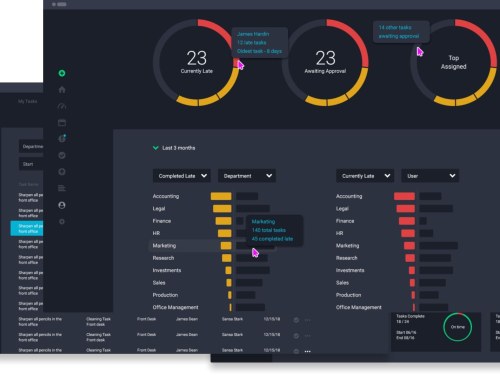In today’s interconnected world, the effectiveness of network monitoring and management is crucial for businesses to maintain seamless operations, ensure security, and optimize performance. Efficient network management involves the continuous observation, analysis, and control of a network’s components to prevent downtime, mitigate risks, and enhance productivity.
One of the primary benefits of effective network monitoring is the ability to detect issues before they escalate into significant problems. By using advanced tools that provide real-time data on traffic flow, bandwidth usage, and device status, administrators can identify bottlenecks, unauthorized access attempts, or hardware failures promptly. This proactive approach minimizes disruptions and reduces the time required for troubleshooting.
Moreover, modern network management solutions incorporate automation and artificial intelligence to streamline routine tasks such as configuration updates, patch management, and compliance checks. Automation not only reduces human error but also frees up IT staff to focus on strategic initiatives rather than repetitive maintenance activities. AI-driven analytics can predict potential vulnerabilities or performance degradation based on historical data trends, allowing for preemptive action.
Security is another critical aspect of network management. With cyber threats becoming increasingly sophisticated, continuous monitoring helps in early detection of anomalies that may indicate breaches or malware infections. Integrating security information and event management (SIEM) systems with network monitoring tools enhances visibility across the entire infrastructure and supports rapid incident response.
Scalability is essential as businesses grow and their network demands evolve. Effective network management platforms offer flexibility to accommodate new devices, users, or cloud services without compromising performance. They also support multi-site environments and remote workforce connectivity by providing centralized control and consistent policy enforcement.
To maximize the benefits of network monitoring and management, organizations should adopt a comprehensive strategy that includes selecting the right tools tailored to their specific needs, training personnel adequately, and establishing clear protocols for incident handling. Regular audits and performance reviews ensure that the network remains aligned with business goals and regulatory requirements.
In conclusion, effective network monitoring and management are foundational to maintaining robust, secure, and efficient IT environments. By leveraging modern technologies and best practices, organizations can proactively address challenges, optimize resource utilization, and sustain competitive advantage in an increasingly digital landscape.

